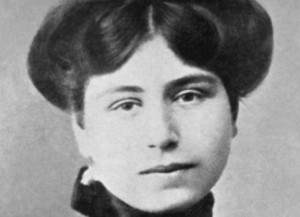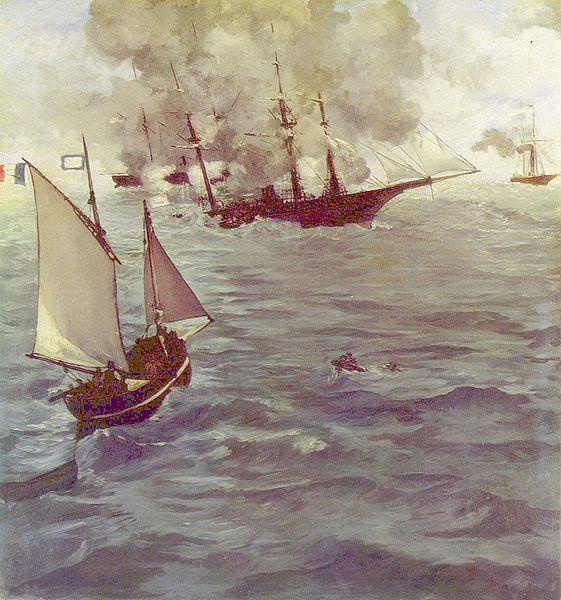It is such a delight to stand in front of Monet’s beautiful work. I remember the first time I saw one of his room-filling canvasses depicting water lilies – they brought to me an instant calm & silence amidst the constant buzz of New York. I imagined how wonderful it would be to see one, just one absolutely beautiful thing every single day.
This April (this was written in 2012), I had an opportunity to go see Monet’s house and garden in Giverny. He’d spent more than forty years there, and some of the most well-known of his works emerged from his times of contemplation in these surroundings.
To get a sense of the road that led us there, the hills, and of course, the garden, take a look at these images below.

On the way to Monet’s home, somewhere in the Giverny area

Monet’s garden with his home in the background

The riot of colors in Monet’s garden – at Giverny, France

The pond in Monet’s garden

Almost inevitable to be inspired in an environment like this !

Just super grateful for all the beauty everywhere !
![]()
While Monet is the most well-known among the impressionists, he exists alongside Degas, Pissaro, Renoir, Sisley and most importantly Édouard Manet, from whom they all learned & created their own styles. All these young artists used to meet twice a week at Manet’s house in Paris and also at a certain Café Guerbois.

In the 1860s, France experienced rapid industrialization, which took its toll on the city-dwelling masses. This valuable account from 1951 (below) gave me a sense of the difficulties of the period, and how the artistic revolt of impressionism was born :
“The Franco-Prussian war in 1870 was followed by the Siege of Paris in which 36,000 people died of famine. On its heels came the Commune Uprisings of 1871, during which 30,000 people were executed.. By this time revolt was brewing among the writers and the artists against this age of intense bourgeoisie and utilitarianism. So now, Europe, with its resources depleted, looked to its art and literature to show the way. In France, it was painters such as Corot, Millet and the Barbizon School who left the ravaged and overpopulated cities for the countryside. Landscape painting took on a new role and the Impressionists set out to thoroughly explore the subject. Breaking through the opaque surface of things, they proclaimed the supremacy of light. Monet and Degas rid their pictures of any literary meaning, thus smashing the accepted convention that all art should have a strong narrative content. To the Impressionists it was not form or content that mattered, but light. Light that spans eternity. Generally speaking, the mid-nineteenth century in France was itself an era of great change. Revolution was in the air. While the artists were bringing about a revolution in artistic approach and technique, the writers and poets in their turn were revolutionizing literature.The First Impressionist Group Exhibition, held on April 15, 1874, at the studio of the photographer Nadar, on the corner of the Boulevard des Capucines, was the first warning blow against the establishment. There were thirty exhibitors. The battles the Impressionists fought in their time were the major battles of modern art —to break through the prejudices and assumptions of socially accepted art… – from Mother’s Chronicles – Mirra the Artist, by Sujata Nahar, p19.
“there was an entire period which was most beautiful (I am not saying this just because I myself used to paint!), but all the artists I knew then were true artists, they were serious and did wonderful things. It was the era of the Impressionists; it was the era of Manet, it was a brilliant era, they did beautiful things. Yes, they left us the marvellous, light-soaked shimmering visions of landscape that never seem to dim in their brilliance.”
Édouard Manet
Edgar Degas
Camille Pisaro

Camille Pissaro : (The bridge ‘Boieldieu’ at Rouen in the rain)
Le pont Boieldieu à Rouen sous la pluie














